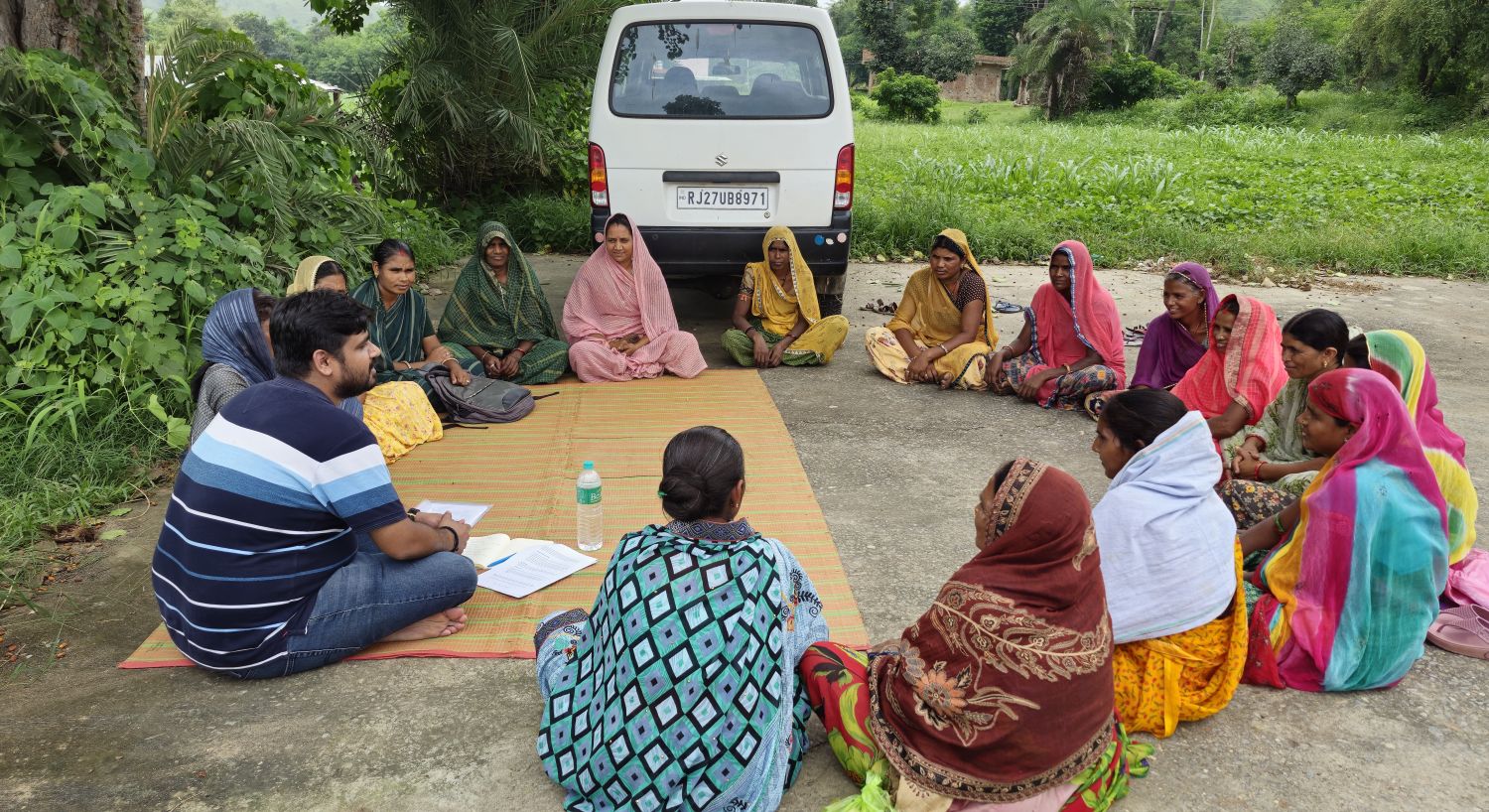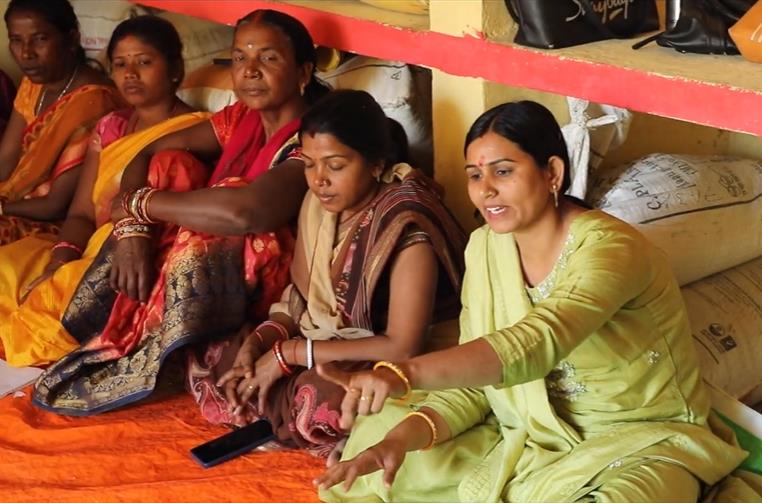Roads are one of the most basic forms of infrastructure. More than half of all official development assistance for economic infrastructure between 2005 and 2013 – at least $60 billion worldwide – went to road projects. Is all that investment worthwhile?
New roads raise incomes and consumption for people living near them, and they produce the largest impacts in countries with very low road densities, such as Ethiopia, Madagascar, Peru, Tanzania, or Uganda. In addition to raising agricultural outputs, new roads also appear to promote non-farm employment. Benefits are smaller in places where road networks are already denser.
In places with few existing roads, new road investments seem to provide far more economic benefits than they cost. One study from Uganda found that the economic payoff was seven times larger than the cost of the roads' construction. It estimated that an investment of US$10,000 at 2013 prices would lift 261 people out of poverty if invested in similar Ugandan roads. But cost analyses have been conducted infrequently and it is difficult to measure all of the economic changes that new roads produce, leading to methodological challenges and uncertain estimates.
All this evidence comes from a DFID-funded systematic review of road investments for poverty reduction. This review combines results from 56 studies conducted around the world, yielding more robust findings than individual case studies, where location-specific quirks can shape results. The studies in the review looked at a range of different outcomes, including health, education, and agricultural activities.
The finding that new roads raise income and consumption for nearby residents is supported by the strongest base of evidence in the review, with 27 separate studies investigating those outcomes. Many of those studies found very large positive effects, some found smaller effects, and a few found no effects. However, no studies found negative income or consumption effects.
"There is a strong indication that road impact is influenced by road density," the review's authors write. The largest positive effects came in places where road networks were extremely limited with respect to space and population, such as Ethiopia. In contrast, some studies in places with dense road networks – like Thailand – found negligible effects.
Some studies also found that basic feeder roads, and lower-quality roads in rural areas, yielded greater economic benefits than the construction of higher-quality, paved roads in denser areas which already had basic roads. These findings, however, are based on fewer studies than the general results above.
Benefit-cost calculations were included in only five of the studies. These benefit-to-cost ratios ranged from a high of 9.13 in Tanzania – where the road network was not dense – to a low of 0.86 in Thailand, which had a relatively dense road network. All of these studies with benefit-cost calculations were conducted in association with the International Food Policy Research Institute.
These benefit-cost estimates should only be viewed as ballpark figures, because of how much methodological choices can change the results. For example, in the paper on Thailand, some of the estimated benefit-cost ratios changed by about a factor of two between the initial working paper and the final published version. The underlying data and general modeling approach remained identical, the only difference was the addition of a few control variables.
This limited base of benefit-cost evidence and the instability of the results are even more worrisome given that road projects have been cited as one of the types of development interventions where cost-benefit analyses are more prevalent. During one of 3ie's panels on cost-evidence during our Virtual Evidence Weeks, Mark Sundberg, deputy vice president and chief economist of the Millennium Challenge Corporation, said that benefit-cost analyses of large infrastructure projects like road construction were relatively "straightforward," especially when compared to policy or institutional reform projects. Much of the panel focused on the need for more attention on benefit-cost analyses in impact evaluations.
Another methodological challenge in evaluating the impact of roads is picking the right counterfactual comparison. As the systematic review notes, "rural road investments are not 'dropped at random' across the countryside." The papers in the review addressed this challenge in a variety of ways, frequently using propensity score matching to compare communities along a new road to similar communities elsewhere. Others used a difference-in-difference approach, comparing changes in economic activity where the roads were placed with changes in areas where no roads were built. These strategies are not perfect, as the review's authors write: "time-varying factors such as roads being built in areas of high growth potential cannot be addressed."
For more details, the whole systematic review is available here. Beyond this study, our Development Evidence Portal has hundreds more systematic reviews and thousands more impact evaluations.
 This blog is part of our campaign 2020 Hindsight: What works in Development. Learn more about the campaign and read past blogs here.
This blog is part of our campaign 2020 Hindsight: What works in Development. Learn more about the campaign and read past blogs here.




